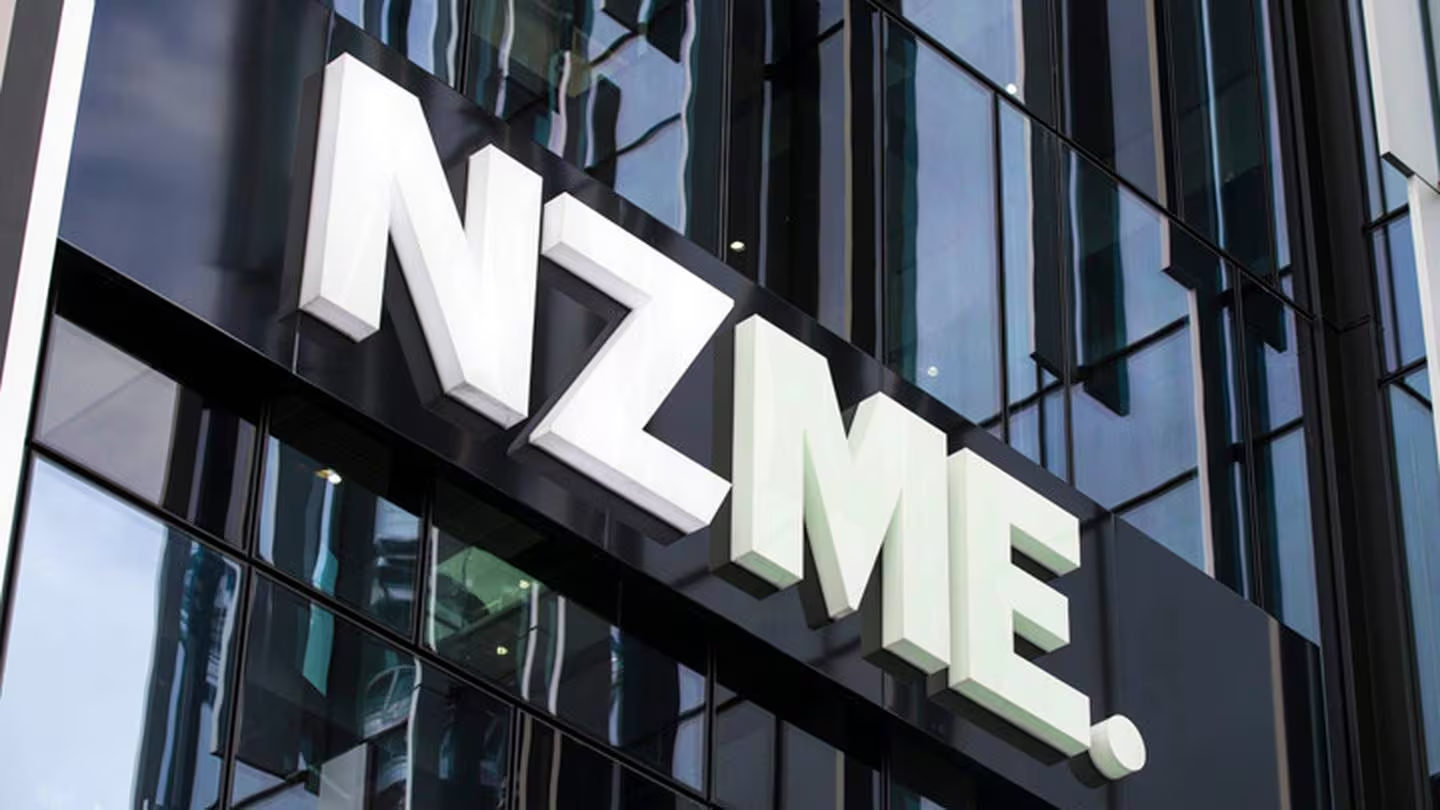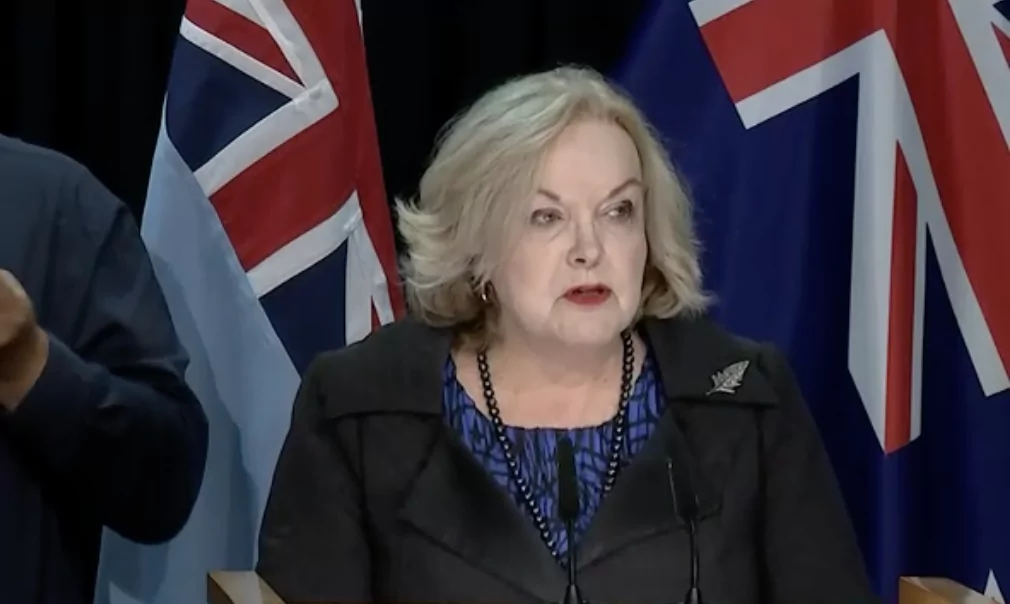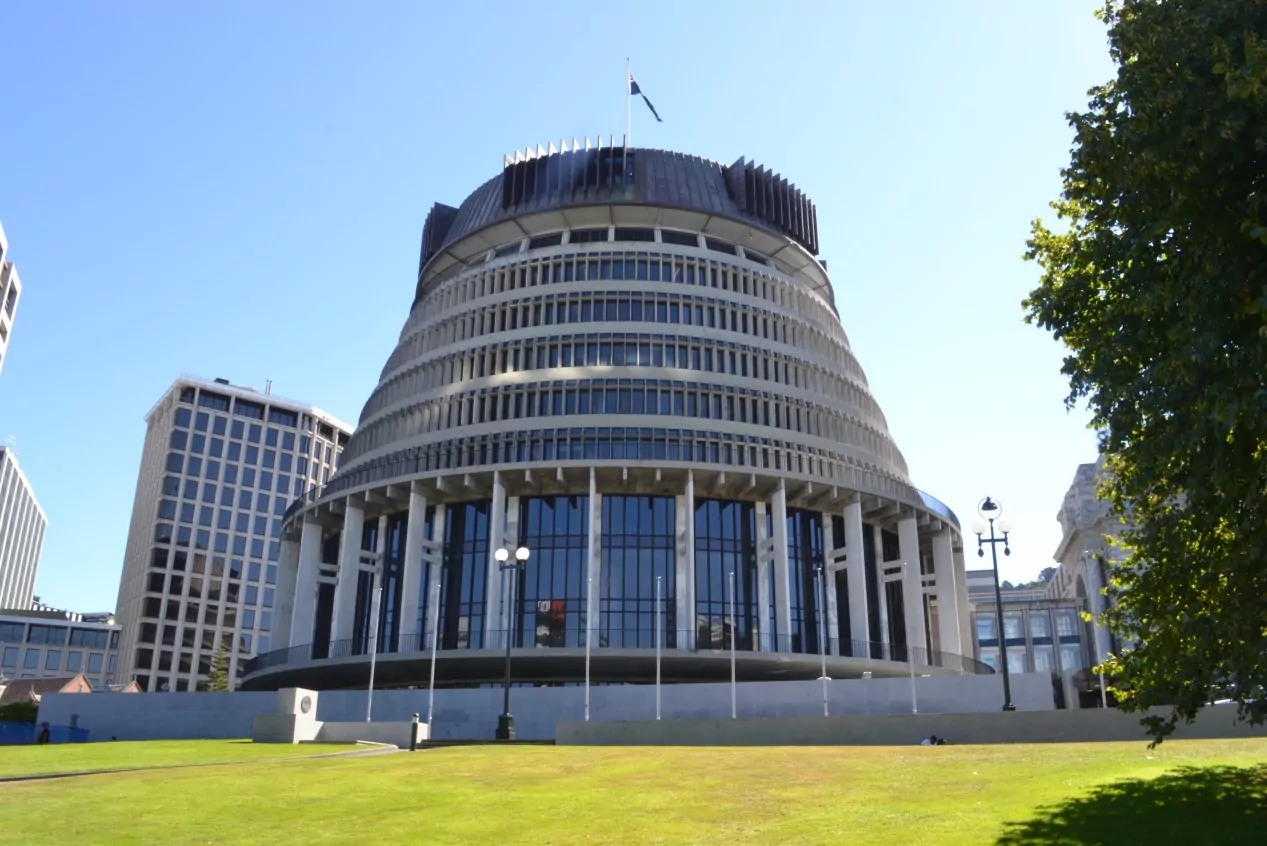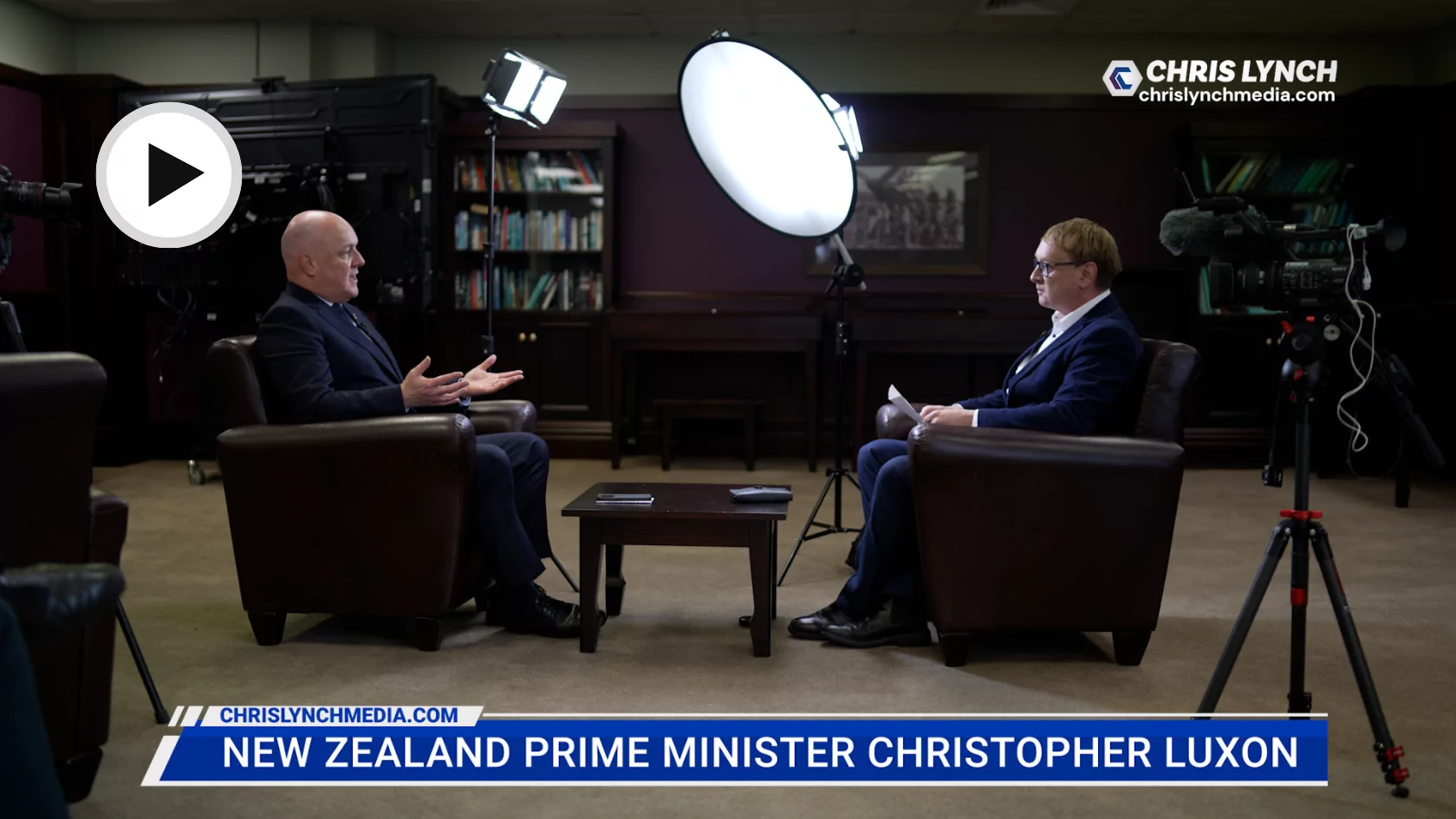Journalists’ union E tū has condemned the latest round of job losses at NZME, saying the additional 30 redundancies are another major blow to journalism in New Zealand.
E tū Director Michael Wood described the cuts as part of a “massacre of journalist capacity across the country”, as the media industry continues to struggle with widespread layoffs and shrinking resources.
“It follows on from NZME closing 14 regional titles, major job reductions at Stuff, and successive rounds of cuts at TVNZ,” Wood said.
“Cumulatively, these reductions mean that the New Zealand media system has less ability to perform its core functions – holding decision-makers to account, providing information in response to natural disasters, covering breaking news, and undertaking long-term investigations that help to inform the public on important issues.”
Trust in media at crisis levels
As media organisations shed jobs at an alarming rate, public confidence in the industry has collapsed to new lows.
According to new research from Ipsos, commissioned by eight city councils across the country, nearly half of New Zealanders (48%) now say they mistrust the media, while just 27% express trust—a devastating indictment of the state of journalism in the country.
This is a sharp decline from AUT’s February 2024 study, which found 33% of New Zealanders trusted the media.
The Ipsos poll also stands out for its sheer scale—over 6,000 respondents, nearly seven times the sample size of most surveys, making it a definitive measure of public sentiment.
The figures paint a grim picture of a media industry that has lost touch with its audience, with growing concerns that outlets have abandoned balanced reporting in favour of government-aligned narratives and click-driven content.
NZME, in particular, was a key player in championing the Government’s COVID-19 vaccine rollout.
In 2021, it launched “The 90% Project”, a campaign designed to push vaccine uptake, using its vast media network—including the New Zealand Herald, Newstalk ZB, and regional radio stations—to amplify the Government’s messaging.
While some saw this as a public health initiative, critics argued it crossed the line into outright advocacy, raising questions about whether NZME and other media companies compromised their independence in exchange for financial support through public health advertising.
E tū warns against shift toward click-driven content
E tū members at NZME had engaged in discussions with the company, securing some amendments to the original redundancy proposal, which helped preserve some journalism roles.
“The work of E tū members at NZME resulted in some changes to the original proposals, which have preserved some capacity, showing the value of union membership and engagement,” Wood said.
However, he warned that NZME’s increasing focus on clickbait-driven content over serious journalism was a troubling shift that risked further alienating audiences.
“NZME must find a balance between generating short-term revenue and continuing to invest in high-quality journalism that drives long-term value,” he said.
Wood said the Government must take responsibility for failing to address the systemic challenges facing the media industry, particularly the dominance of social media platforms that profit from news content without contributing to its production.
“Primarily, though, this further round of cuts can be sheeted home to a Government that is missing in action,” he said.
“The sector continues to suffer because the content it produces gets used by social media platforms that do not contribute to its costs while earning advertising revenue from it. Last year, the Government committed to advancing the Fair Digital News Bargaining Bill to address this issue, but now appears to have wilted in the face of lobbying from big overseas corporates.”
“In the wake of yet another round of cuts, it is more evident than ever that the Government needs to wake up and take action so that we preserve a media system that supports New Zealand’s democracy,” Wood said.
Media cuts continue to mount
The latest NZME redundancies add to a growing crisis in the New Zealand media industry, following significant job losses at Stuff, TVNZ, and the closure of multiple regional newspapers.









